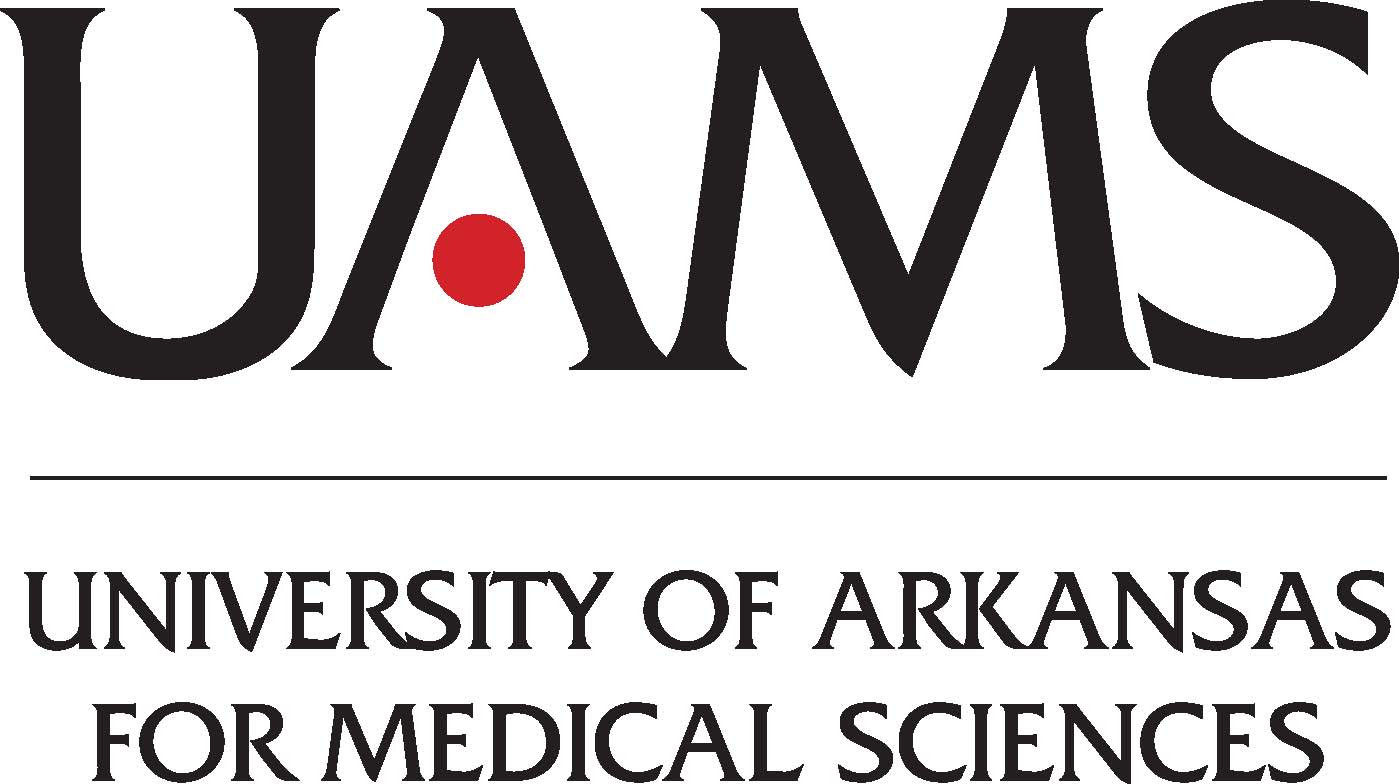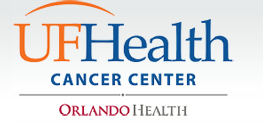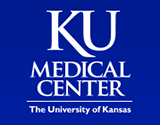Study of Proxinium for Treating Patients With Squamous Cell Head and Neck Cancer
| Status: | Terminated |
|---|---|
| Conditions: | Cancer, Cancer, Cancer, Cancer, Cancer, Cancer, Cancer |
| Therapuetic Areas: | Oncology |
| Healthy: | No |
| Age Range: | 18 - Any |
| Updated: | 4/21/2016 |
| Start Date: | January 2006 |
| End Date: | October 2007 |
A Phase II, Open-Label Study to Evaluate the Safety, Tolerability, and Pharmacokinetic Profile of Proxinium in Patients With Advanced SCCHN Who Have Received at Least One Anti-Cancer Treatment Regimen for Advanced Disease
The purpose of this study is to determine the safety, effectiveness, and recommended dose of
Proxinium in North American patients with Squamous Cell Head and Neck Cancer
Proxinium in North American patients with Squamous Cell Head and Neck Cancer
This study was an open-label, multicentre, dose determination study evaluating the safety
and tolerability of Proxinium in the treatment of patients with advanced SCCHN who had
received at least one anti-cancer treatment regimen for advanced disease. Fifteen patients
were enrolled at nine sites. All patients with histologically confirmed SCCHN who had
advanced disease were considered potential candidates for study entry.
Patients completed two phases of screening termed Initial Screening and Final Screening.
Initial Screening assessed the EpCAM status of the patient's SCCHN prior to final screening
procedures taking place. Patients had to have a biopsy of their advanced disease that had
been appropriately collected for verification of EpCAM-positive SCCHN by immunohistochemical
methods. If EpCAM-positive SCCHN was confirmed, the patient could enter Final Screening to
determine full eligibility for participation in the study. At the beginning of Final
Screening, all patients had to have received at least one anti-cancer treatment regimen for
advanced disease. Patients who had successfully completed both Initial and Final Screening
had a Principal Target Tumour and up to five additional Target Tumours designated for
treatment prior to Day 1 dosing. Only one target tumour per week was to be injected. The
Investigator was to treat the principal target tumour until clinically relevant tumour
control of the principal target tumour was achieved, at which point other target tumours
could be chosen and injected once per week at the same dose level of Proxinium.
The study was to comprise two stages. In Stage I, the recommended dose (RD) for Proxinium
was to be determined based on the rate of dose-limiting toxicities (DLTs) within each dose
cohort. A DLT was defined as the occurrence of excessive toxicity during the first four
weeks of each patient's treatment with Proxinium during Stage I of the study, before the RD
had been determined. The RD was to be established as the highest dose at which one or fewer
patients out of six within a dose cohort experienced a DLT. The initial dose level was to be
500 µg, and three patients were to be initially enrolled into this dose cohort.
Doses were to be escalated to a maximum of 700 µg or de-escalated to a minimum of 260 µg
according to the prescribed algorithm outlined in the study protocol and based on the number
of patients experiencing a DLT within each dose cohort. Safety data was to be reviewed by
the medical monitor, the site investigators who had enrolled patients at that dose, and
Viventia Biotech Inc. (the sponsor) to determine if escalation or de-escalation was to
occur. All Stage I patients, including those in the original RD cohort, were to remain in
Stage I and continue treatment beyond their initial four weeks at their original dose
assignment. If dose de-escalation was deemed necessary, all Investigators with patients
receiving higher doses would have been notified and given the option of either administering
a de-escalated dose or discontinuing treatment.
Stage II was to commence once the RD had been determined and an independent third party had
reviewed the safety data. Patients enrolled subsequently were to receive treatment at the
RD.
The RD cohort was to be expanded to include a total of 15 patients, and safety and efficacy
evaluation was to continue being assessed.
Continued safety and tolerability as well as response rates, therapeutic endpoints, survival
time, PK parameters, and immunogenicity were evaluated. Regardless of dose cohort, all
patients were to be treated until complete resolution of all accessible Target Tumours,
clinically relevant tumour progression, or until study drug suspension or withdrawal
criteria had been met.
Four weeks after the end-of-treatment visit, patients were to return to the site for a
follow-up visit that was to include a CT scan of the head and neck as well as other
assessments, as described in the study protocol. Subsequently, patients were to enter the
post-study surveillance period.
Enrolment in the study was halted before the RD of Proxinium was determined, and hence,
Stage II of this study was not conducted.
and tolerability of Proxinium in the treatment of patients with advanced SCCHN who had
received at least one anti-cancer treatment regimen for advanced disease. Fifteen patients
were enrolled at nine sites. All patients with histologically confirmed SCCHN who had
advanced disease were considered potential candidates for study entry.
Patients completed two phases of screening termed Initial Screening and Final Screening.
Initial Screening assessed the EpCAM status of the patient's SCCHN prior to final screening
procedures taking place. Patients had to have a biopsy of their advanced disease that had
been appropriately collected for verification of EpCAM-positive SCCHN by immunohistochemical
methods. If EpCAM-positive SCCHN was confirmed, the patient could enter Final Screening to
determine full eligibility for participation in the study. At the beginning of Final
Screening, all patients had to have received at least one anti-cancer treatment regimen for
advanced disease. Patients who had successfully completed both Initial and Final Screening
had a Principal Target Tumour and up to five additional Target Tumours designated for
treatment prior to Day 1 dosing. Only one target tumour per week was to be injected. The
Investigator was to treat the principal target tumour until clinically relevant tumour
control of the principal target tumour was achieved, at which point other target tumours
could be chosen and injected once per week at the same dose level of Proxinium.
The study was to comprise two stages. In Stage I, the recommended dose (RD) for Proxinium
was to be determined based on the rate of dose-limiting toxicities (DLTs) within each dose
cohort. A DLT was defined as the occurrence of excessive toxicity during the first four
weeks of each patient's treatment with Proxinium during Stage I of the study, before the RD
had been determined. The RD was to be established as the highest dose at which one or fewer
patients out of six within a dose cohort experienced a DLT. The initial dose level was to be
500 µg, and three patients were to be initially enrolled into this dose cohort.
Doses were to be escalated to a maximum of 700 µg or de-escalated to a minimum of 260 µg
according to the prescribed algorithm outlined in the study protocol and based on the number
of patients experiencing a DLT within each dose cohort. Safety data was to be reviewed by
the medical monitor, the site investigators who had enrolled patients at that dose, and
Viventia Biotech Inc. (the sponsor) to determine if escalation or de-escalation was to
occur. All Stage I patients, including those in the original RD cohort, were to remain in
Stage I and continue treatment beyond their initial four weeks at their original dose
assignment. If dose de-escalation was deemed necessary, all Investigators with patients
receiving higher doses would have been notified and given the option of either administering
a de-escalated dose or discontinuing treatment.
Stage II was to commence once the RD had been determined and an independent third party had
reviewed the safety data. Patients enrolled subsequently were to receive treatment at the
RD.
The RD cohort was to be expanded to include a total of 15 patients, and safety and efficacy
evaluation was to continue being assessed.
Continued safety and tolerability as well as response rates, therapeutic endpoints, survival
time, PK parameters, and immunogenicity were evaluated. Regardless of dose cohort, all
patients were to be treated until complete resolution of all accessible Target Tumours,
clinically relevant tumour progression, or until study drug suspension or withdrawal
criteria had been met.
Four weeks after the end-of-treatment visit, patients were to return to the site for a
follow-up visit that was to include a CT scan of the head and neck as well as other
assessments, as described in the study protocol. Subsequently, patients were to enter the
post-study surveillance period.
Enrolment in the study was halted before the RD of Proxinium was determined, and hence,
Stage II of this study was not conducted.
Inclusion Criteria:
Disease Characteristics:
- Histologically confirmed recurrent squamous cell carcinoma of the head and neck.
- Immunohistochemically confirmed epithelial cell adhesion molecule (EpCAM)-positive
SCCHN.
- Must have at least 1 accessible target tumor that is amenable to adequate direct
injection.
- The patient must have at least 1 accessible target tumor without direct carotid
artery involvement.
Prior/Concurrent Therapy:
- The patient must have received therapy for their primary disease
- The patient must have been diagnosed with persistent or recurrent disease or a second
primary tumour.
- The patient's disease must be refractory.
- There must be at least 2 weeks between the last dose of chemotherapy or radiotherapy
and receiving study drug or 4 weeks between the last dose of an experimental drug and
receiving study drug.
Patient Characteristics:
- Eastern Cooperative Oncology Group (ECOG) performance status of 0, 1, or 2.
- Life expectancy of at least 12 weeks.
- Adequate hepatic function ALT and AST and total bilirubin levels ≤1.5 times ULN.
- Adequate renal function (serum creatinine <2.0 mg/dL).
- Hematologic values consisting of granulocytes ≥1500/μL, platelets ≥100 000/μL, and
hemoglobin >8 g/dL.
- Prothrombin time and partial thromboplastin time within normal limits
Other:
- The patient must provide written informed consent.
- Fertile patients must use effective contraception
Exclusion Criteria:
- Brain tumor or brain metastases.
- Nasopharyngeal SCCHN.
- Human immunodeficiency virus, hepatitis C virus, or hepatitis B surface antigen.
- Uncontrolled bleeding from any target tumor(s) that are being considered for
treatment or a history of tumor hemorrhage that has required medical intervention
(other than direct compression).
- The patient is a candidate for surgical tumor resection of their target tumor(s).
- Pregnant or lactating.
- Clinically significant renal or hepatic disease.
- Requires regular use of aspirin, full-dose warfarin, or heparin.
We found this trial at
18
sites
529 West Markham Street
Little Rock, Arkansas 72205
Little Rock, Arkansas 72205
(501) 686-7000

University of Arkansas for Medical Sciences The University of Arkansas for Medical Sciences (UAMS) in...
Click here to add this to my saved trials
University of Alabama at Birmingham The University of Alabama at Birmingham (UAB) traces its roots...
Click here to add this to my saved trials
1400 South Orange Avenue
Orlando, Florida 32806
Orlando, Florida 32806
(407) 648-3800

M.D. Anderson Cancer Center at Orlando For more than twenty years, our cancer center has...
Click here to add this to my saved trials
3400 Spruce St
Philadelphia, Pennsylvania 19104
Philadelphia, Pennsylvania 19104
(215) 662-4000

Hospital of the University of Pennsylvania The Hospital of the University of Pennsylvania (HUP) is...
Click here to add this to my saved trials
Dana-Farber Cancer Institute Since it’s founding in 1947, Dana-Farber has been committed to providing adults...
Click here to add this to my saved trials
171 Ashley Avenue
Charleston, South Carolina 29425
Charleston, South Carolina 29425
843-792-1414

Medical University of South Carolina The Medical University of South Carolina (MUSC) has grown from...
Click here to add this to my saved trials
Click here to add this to my saved trials
Click here to add this to my saved trials
Click here to add this to my saved trials
Ingalls Memorial Hospital As the area's only independent not-for-profit healthcare system, Ingalls has the ability...
Click here to add this to my saved trials
University of Kansas Medical Center The University of Kansas Medical Center serves Kansas through excellence...
Click here to add this to my saved trials
Dartmouth Hitchcock Medical Center Dartmouth-Hitchcock is a national leader in patient-centered health care and building...
Click here to add this to my saved trials
UCLA Medical Center Founded in 1955, UCLA Medical Center became Ronald Reagan UCLA Medical Center...
Click here to add this to my saved trials
Click here to add this to my saved trials
940 NE 13th St
Oklahoma City, Oklahoma 73190
Oklahoma City, Oklahoma 73190
(405) 271-6458

University of Oklahoma Health Sciences Center The OU Health Sciences Center is composed of seven...
Click here to add this to my saved trials
Click here to add this to my saved trials
Click here to add this to my saved trials
Click here to add this to my saved trials





